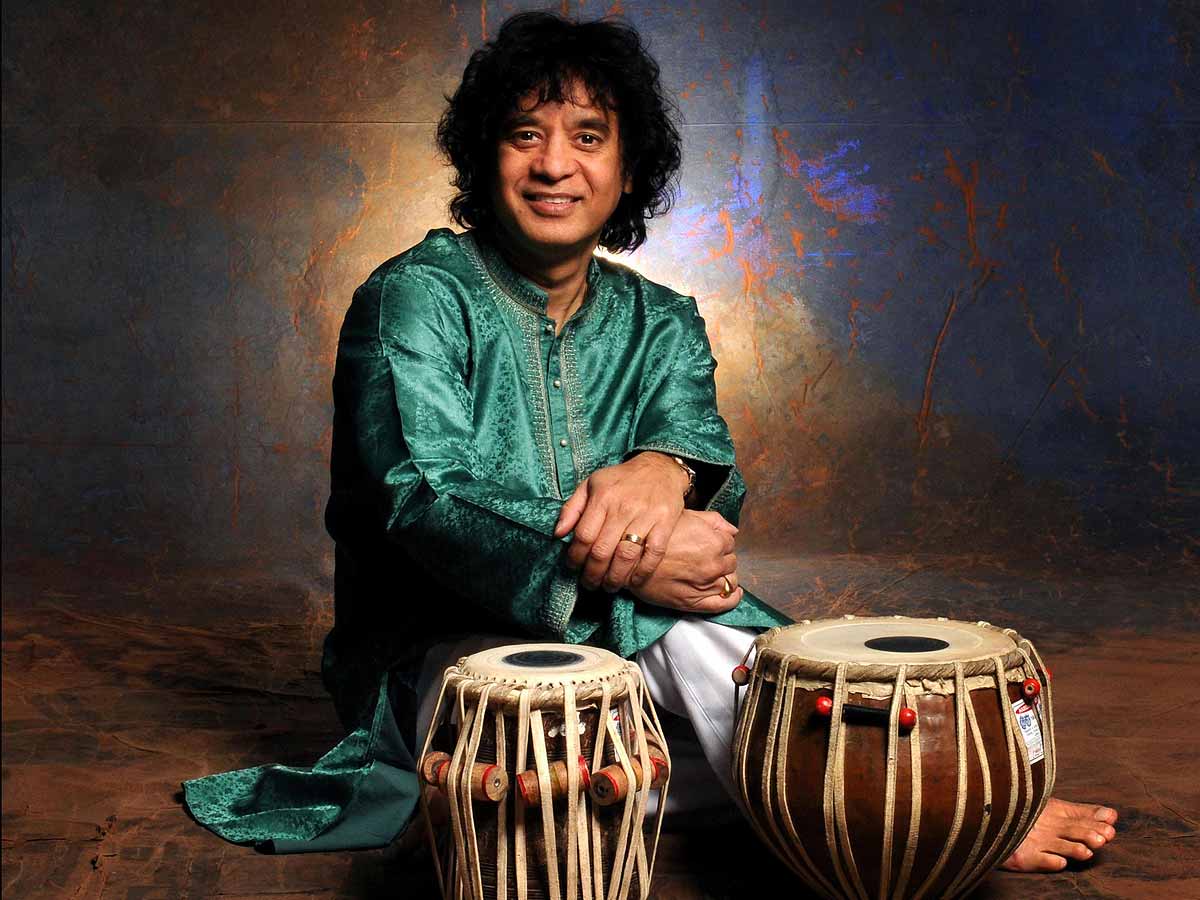In a far off village, when a mother holds her son to her chest and sings of an unknown utopia, that is the real India. A grief-stricken man writing verses about how love is not the only cause of misery in this world, that is real India. The sweet music of a flute echoing in the mighty Himalayas is the real India.
Music has, since times unknown, been an essential part of India and its people. Classical music has taken birth in the realm of our country. Out of the four Vedas that form the base of Hinduism, Samveda is primarily music based. Many hymns and mantras mentioned in the Samveda were chanted to the tunes of musical instruments.
There are many types of Indian Classical Music Ragas are found in India. We try to cover most of them in this blog. so let’s talk about them.
It is said the Hindustani classical music reached a peak during the reign of Akbar. Tansen, his court musician, was one of his ‘Navaratanas’ and is credited with many great works in this field. His style of music transformed and influenced many ‘gharanas’- people who adhered to a similar style of innovations in music.
The name for different gharanas usually reflects the name of the place where the musicians belong to. The building block of Hindustani classical music is ‘Raga’- a melodic framework which is the basis of everything. Indian Classical Music Ragas can further be divided into these major forms:
1. Dhrupad
Closely related to Tansen, this is the oldest surviving form of Indian classical music. The nature of this music is spiritual, and the motive is not entertainment, but to instigate feelings of peace and tranquillity in the listener. It is made up of two words- ‘dhruva’ meaning the North-star and ‘pada’- meaning verse or poetry. Singers often carry a tanpura and pakhawaj. Dhrupad has at least four stanzas- sthayi, antara, sancari and abhoga.
2. Khyal or Khayal
Coming from an Arabic word, it means ‘imagination’. A more liberal form of Hindustani classical music, khyal came into being around the 18th century. It is a result of the inter-cultural mingling of Hindus and Persians. This form of music has attracted a large number of artists and is also known as ‘Qawwali’. Many Sufi musicians used this style. This music is celebratory and gives room for creativity. It is a symbol of the fusion of two cultures and their diversity.
3. Dadra and Thumri
The prevailing mood in Dadra is that of ‘Sringar’. It is accompanied by instruments like tabla, sarangi, harmonium, etc., and sung in Dadra Taal. Thumri is a kind of light Hindustani music designed by Nawab Ali Shah, who was the Nawab of Lucknow. It often comprises of love songs from the perspective of a woman and has the theme of emotions and grace. Most popular in parts of eastern Uttar Pradesh, several Thumri compositions talk of the celestial love between Radha and Krishna
4. Ghazal
This is more poetic than musical, but still falls under the category of light Hindustani classical music. Sometimes it is referred to as the Urdu equivalent of Khayal. Ghazals are heavily inspired by Urdu poems; the central themes of ghazals are love, longing, pain. It is a collection of couplets with each one having a complete thought of its own. It gained popularity in India with the invasion of the Mughals. The most notable contribution to ghazals was by Amir Khusro, a great poet.
Bade Ghulam Ali, Pt. Jasraj, Beghum Akhtar and Shubha Mudgal are some pioneers of Indian classical music.


Leave a Reply